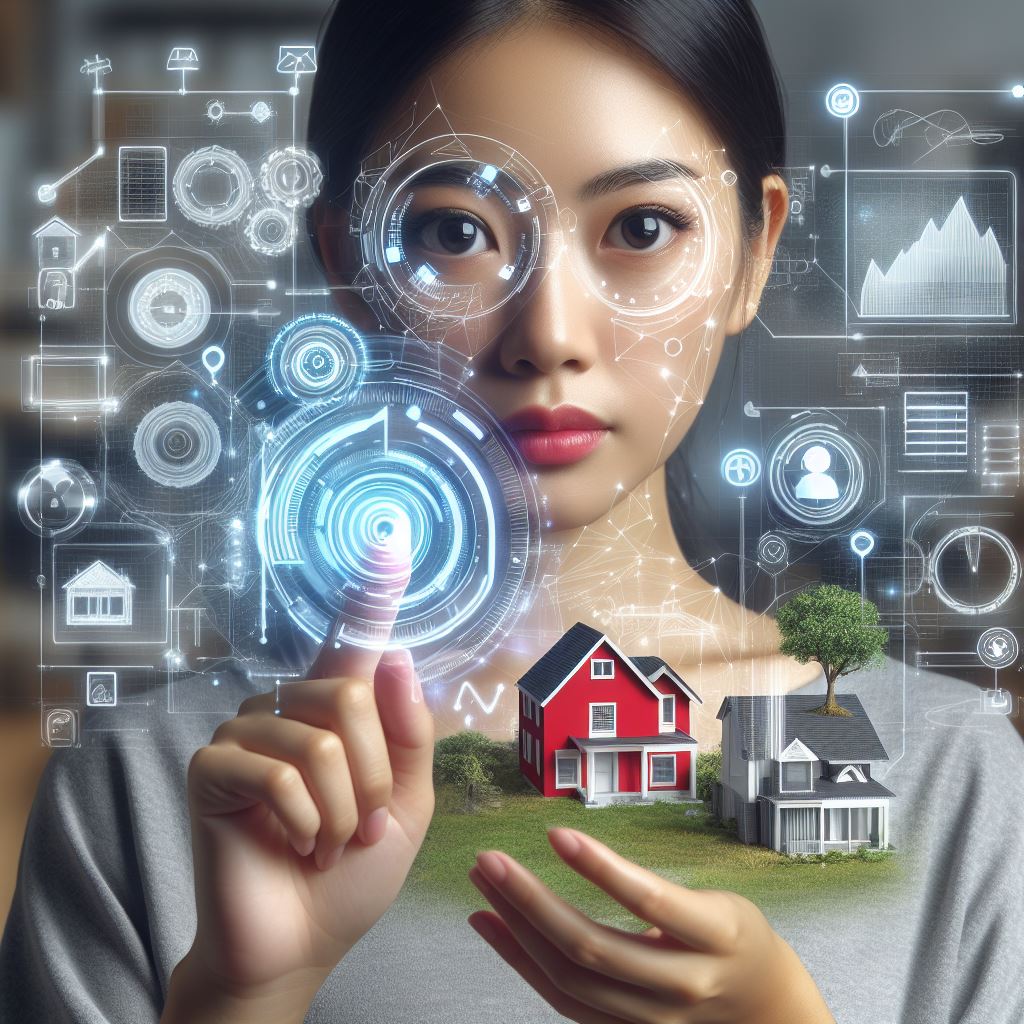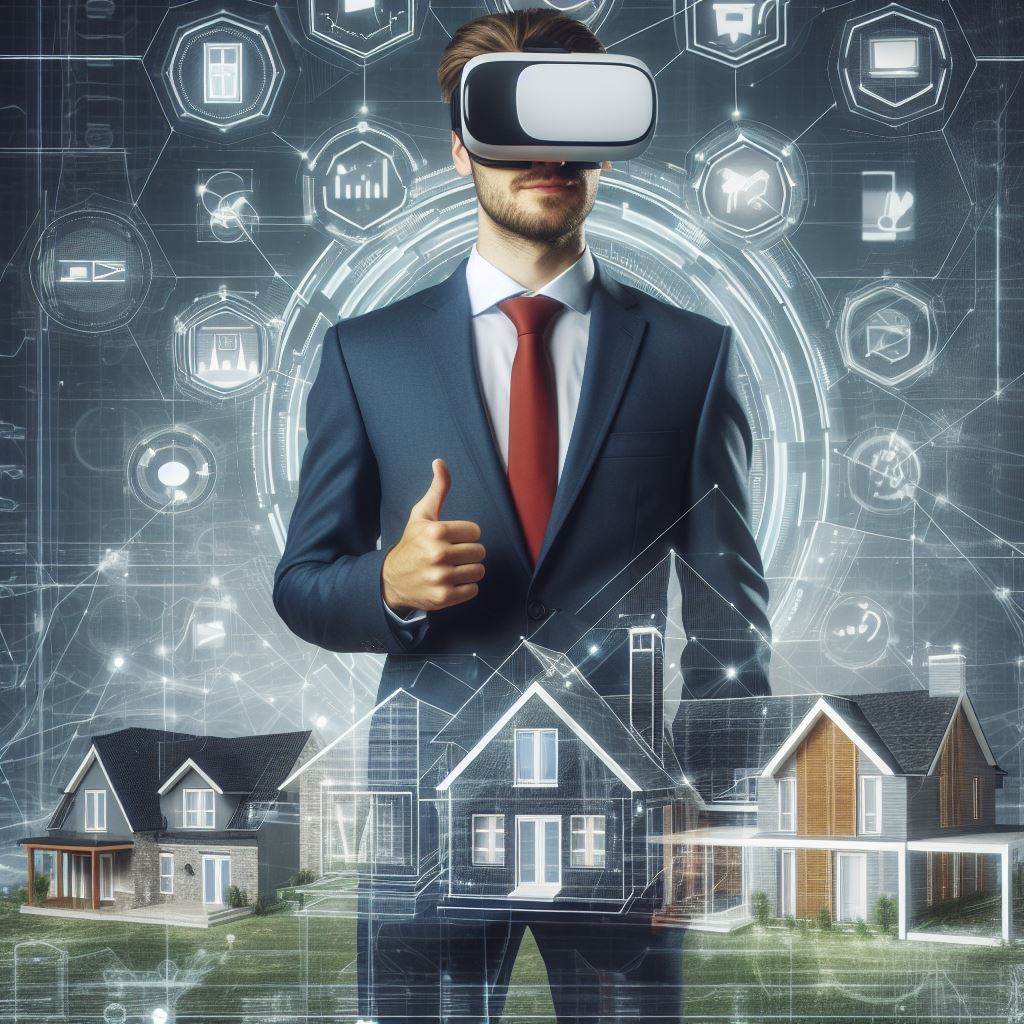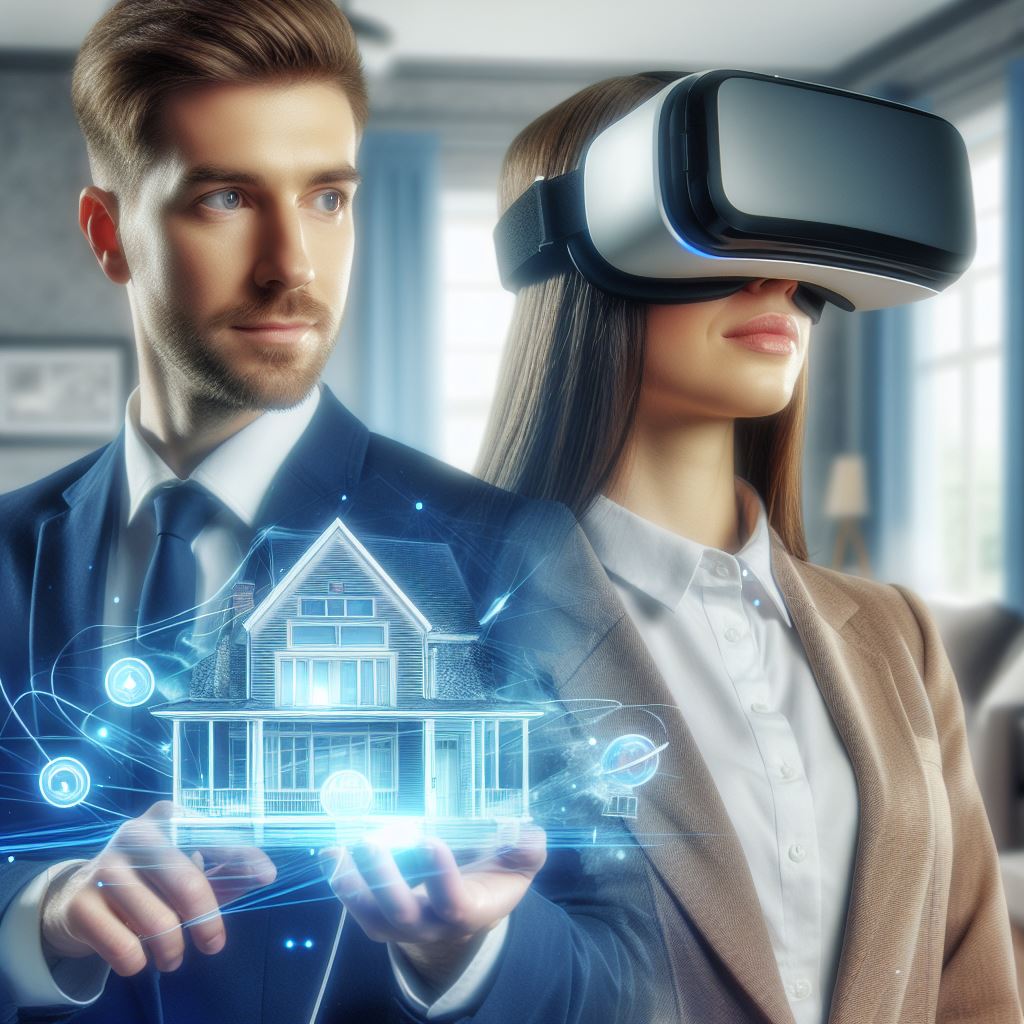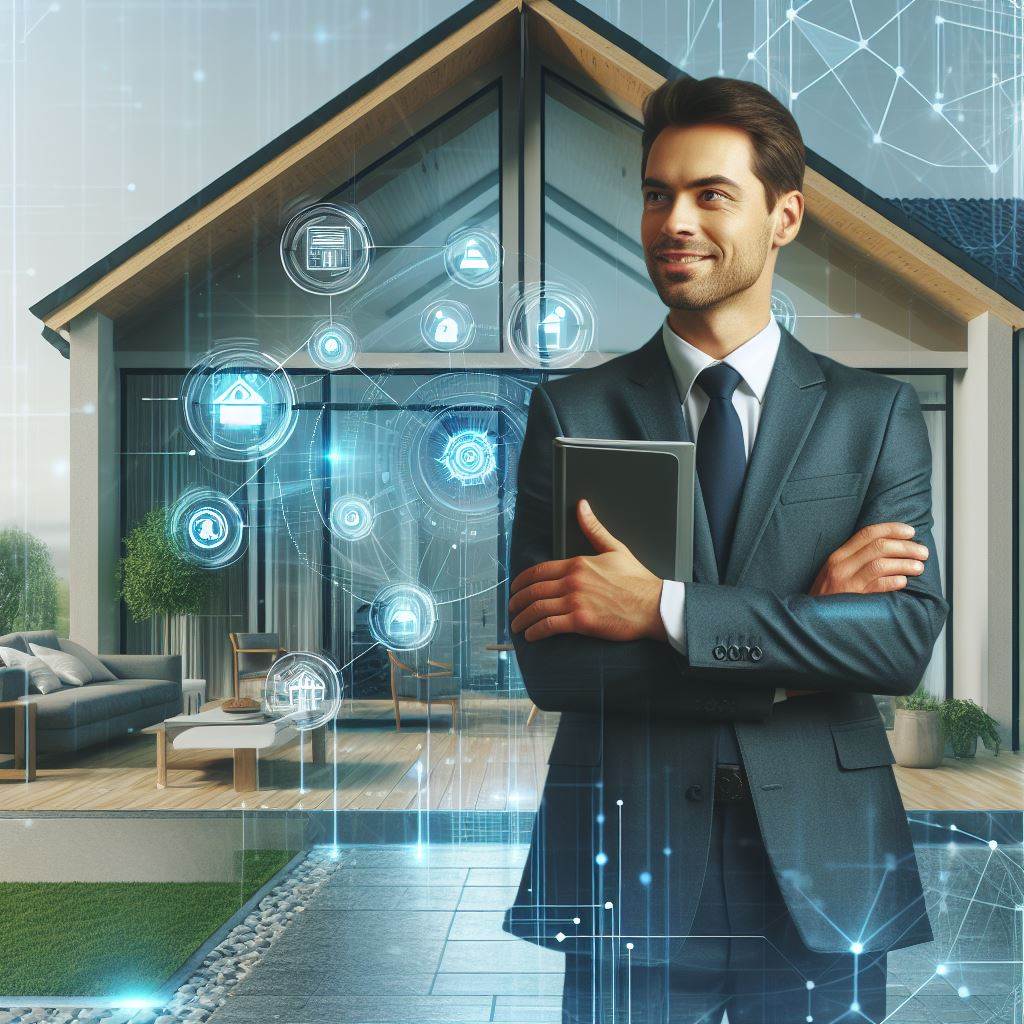Introduction
Virtual reality (VR) has revolutionized the real estate industry by providing immersive experiences for home customization.
Through VR technology, potential buyers can now visualize and customize their dream homes before they are even built.
This blog post aims to uncover the various benefits and applications of VR home customization.
By exploring this topic, we can gain a better understanding of how VR is improving the home buying process.
One of the key advantages of VR in home customization is that it allows buyers to experiment with different design options.
They can modify floor plans, colors, furniture, and even lighting, all within the virtual environment.
Moreover, VR eliminates the need for physical showrooms, which saves time and resources for both buyers and sellers.
Buyers can explore multiple home designs without having to visit each property physically.
Additionally, VR enhances communication between buyers and builders.
With virtual reality, buyers can easily convey their preferences and requirements to builders, ensuring their vision is accurately translated into the final product.
Furthermore, VR home customization enables buyers to make informed decisions.
They can virtually walk through the property, experiencing the layout and spatial dimensions, which helps them gauge if it meets their needs and expectations.
In fact, VR has transformed the home customization process in the real estate industry.
It has revolutionized the way buyers envision their dream homes, saving time, enhancing communication, and facilitating informed decision-making.
The potential of VR in home customization is limitless, and its adoption will likely continue to grow in the future.
Read: Virtual Staging: Selling Homes Faster
Benefits of VR Home Customization
In the dynamic world of real estate, Virtual Reality (VR) has emerged as a game-changer, transforming the home customization experience.
This technology not only brings dreams to life but also reshapes the way we conceptualize and personalize our living spaces.
A. Enhanced Visualization
VR Home Customization propels potential buyers into an unparalleled realm of immersive exploration.
By donning VR headsets, buyers can step into their dream homes before a single brick is laid.
This realistic 3D environment allows them to navigate through various rooms, inspect finishes, and witness the interplay of natural light, providing an unprecedented level of detail.
The result is a heightened sense of connection to the future living space.
B. Cost-Effectiveness
Gone are the days of costly physical model homes. VR eliminates the need for elaborate showcases, reducing overheads for developers.
The technology also minimizes the risk of design mistakes and change orders, as buyers can preview and tweak their choices in real-time.
This not only saves money but streamlines the construction process, ensuring a smoother journey from blueprint to reality.
C. Time-Saving
In the fast-paced world we live in, time is of the essence.
VR Home Customization allows buyers to skip the multiple site visits and consultations traditionally required in the customization process.
Through virtual interfaces, individuals can make real-time adjustments, selecting paint colors, flooring, and fixtures with just a few clicks.
This not only accelerates the decision-making process but also expedites the overall construction timeline.
D. Increased Buyer Satisfaction
Empowering buyers with a seat at the design table, VR Home Customization fosters a sense of ownership and satisfaction.
By involving customers in the creative process, developers ensure that the final product aligns seamlessly with their visions.
This hands-on approach results in happier customers who not only appreciate the end product but also feel a deeper connection to their homes.
In short, the integration of VR into home customization heralds a new era in real estate.
Through enhanced visualization, cost-effectiveness, time-saving, and increased buyer satisfaction, VR technology is revolutionizing the way we shape and experience our living spaces.
Welcome to the future of personalized, immersive living.
Read: Virtual Open Houses: A New Era
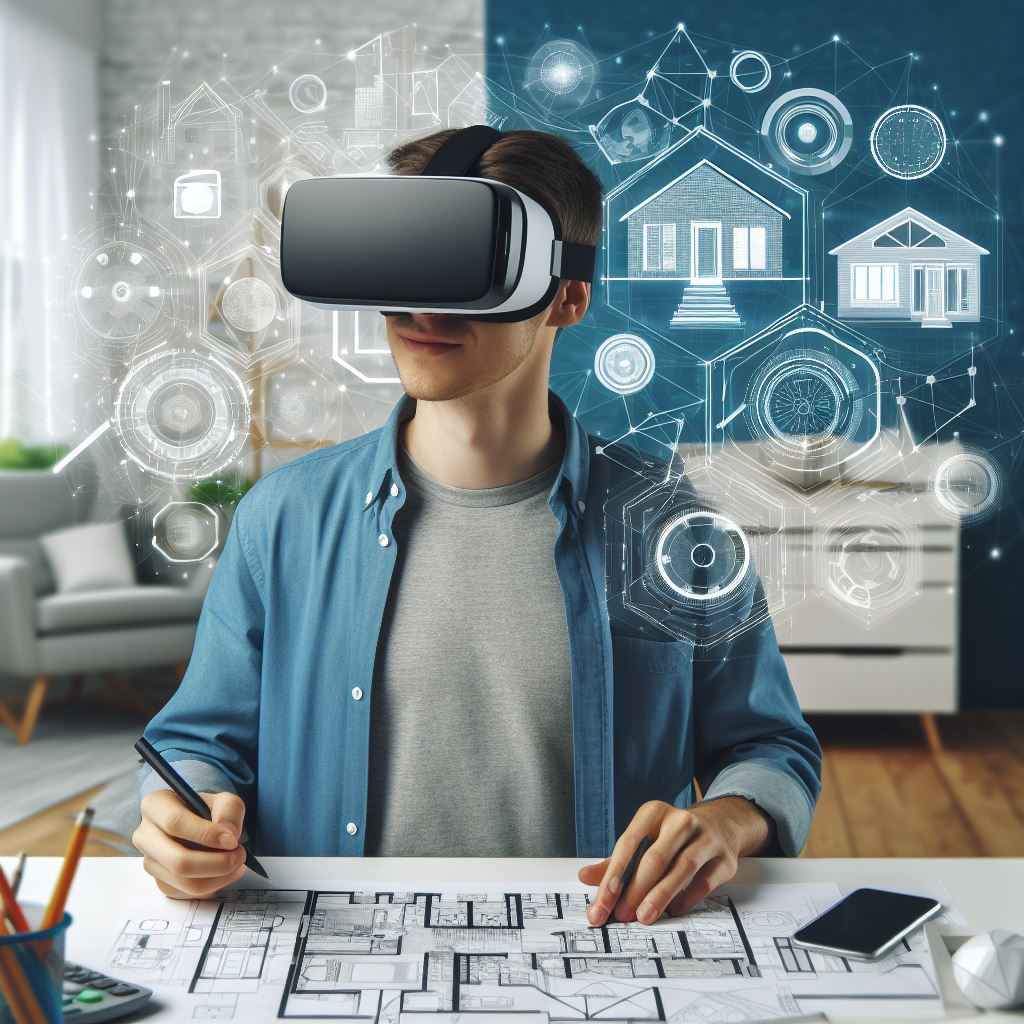
Applications of VR Home Customization
During the pre-construction phase, VR technology has found its way into the realm of home customization, revolutionizing the way buyers are involved in the process.
By incorporating VR into the decision-making process, buyers can now have a more personalized and immersive experience.
A. Pre-construction design
One of the key applications of VR in home customization is pre-construction design.
Traditionally, buyers would have to rely on blueprints and 2D illustrations to envision their future homes.
However, with VR, they can now step into a virtual environment and interact with various design elements.
For example, VR allows buyers to explore different building materials, finishes, and floor plans in a more realistic and interactive way.
They can virtually walk through different rooms, visualize the layout, and get a feel for the overall design.
This not only helps buyers make more informed decisions but also saves time and money by avoiding potential regrets or changes later on in the construction process.
B. Interior design customization
In addition to pre-construction design, VR also plays a significant role in interior design customization.
Buyers can now virtually place furniture and experiment with different color schemes to see how they would look in their chosen space.
This level of customization allows for a more accurate representation of the final product, enabling buyers to make design choices that suit their preferences.
C. Exterior design customization
Furthermore, VR enables buyers to experiment with various exterior design options.
They can explore different landscaping ideas, siding materials, and roofing styles in a virtual environment.
This empowers buyers to visualize how the exterior of their home will look and make more informed decisions about the overall aesthetic.
One of the most exciting applications of VR in home customization is the creation of virtual walkthroughs.
Instead of relying solely on floor plans or 3D models, buyers can now immerse themselves in a virtual representation of their future home.
They can navigate through the virtual space, experiencing different rooms, and getting a real sense of the design and layout.
D. Virtual walkthroughs
Virtual walkthroughs offer buyers a unique opportunity to make adjustments and refinements before construction begins.
They can try out different furniture arrangements, experiment with lighting options, and even get a sense of the views from different windows.
This level of involvement ensures that buyers are fully satisfied with their customized homes and minimizes the need for costly modifications later on.
In essence, VR home customization has become a reality, offering numerous applications for buyers in the pre-construction phase.
From assisting in design selection to providing immersive virtual walkthroughs, VR technology enhances the home buying experience.
With the ability to virtually explore options and personalize their homes, buyers can make confident decisions and create their dream living spaces.
Read: AR for Accurate Property Blueprints
Challenges and Limitations of VR Home Customization
As we delve into the captivating world of VR home customization, it’s essential to acknowledge the hurdles that this innovative technology brings along.
While the potential for transforming home design is immense, there are several challenges and limitations that warrant our attention.
A. Cost of Implementation
Undoubtedly, adopting VR technology for home customization comes with a hefty price tag.
The development and integration of VR platforms, along with the creation of immersive virtual environments, can strain the budgets of smaller real estate developers.
This economic barrier raises questions about the inclusivity of VR customization in the real estate market, potentially limiting its accessibility to a select few.
B. Accessibility Concerns
VR, though enticing, is not universally accessible.
The need for specialized equipment, such as VR headsets and controllers, may deter potential buyers who are not comfortable or familiar with such technology.
This raises concerns about inclusivity and whether VR customization may inadvertently exclude a portion of the market that prefers more traditional design approaches.
C. Design Constraints
While VR offers a mesmerizing glimpse into the future of home customization, it’s essential to recognize its limitations.
Some design elements, such as intricate lighting effects or texture details, may not translate accurately in the virtual environment.
This disparity could lead to discrepancies between the envisioned design and its real-world manifestation, potentially disappointing homeowners expecting a seamless transition from virtual to reality.
D. Human Interaction
The personal touch of an experienced designer is a hallmark of traditional home customization processes.
In contrast, VR may lack the warmth and guidance that human interaction provides.
The absence of a skilled designer to offer insights and recommendations during the VR customization process raises questions about the emotional and artistic aspects of home design that may be lost in the digital realm.
In the pursuit of a virtual revolution in home customization, we must navigate and address these challenges judiciously.
While VR holds immense promise, acknowledging and mitigating these limitations will be crucial for ensuring its widespread acceptance and success in the dynamic world of real estate.
Read: Revolutionizing Design with VR Tech
Conclusion
A. Enhanced Visualization
VR home customization elevates design clarity, allowing buyers to visualize spaces vividly, fostering better decision-making.
B. Applications Across Stages
From initial concept to final touches, VR proves invaluable, streamlining design, planning, and execution processes for optimal efficiency.
C. Acknowledging Challenges
While recognizing limitations, like hardware costs and occasional technical hiccups, we must appreciate VR’s potential for continual improvement and innovation.
D. Call to Embrace Change
Buyers, designers, and real estate professionals are urged to explore VR’s transformative impact, embracing its cost-effectiveness, time-saving attributes, and unparalleled buyer satisfaction.
In closing, VR home customization isn’t just a reality—it’s a revolution. Its benefits are palpable, its applications far-reaching.
Acknowledging challenges while pushing boundaries, the real estate industry must embrace this technology for a future where personalized dream homes are just a virtual reality away.

